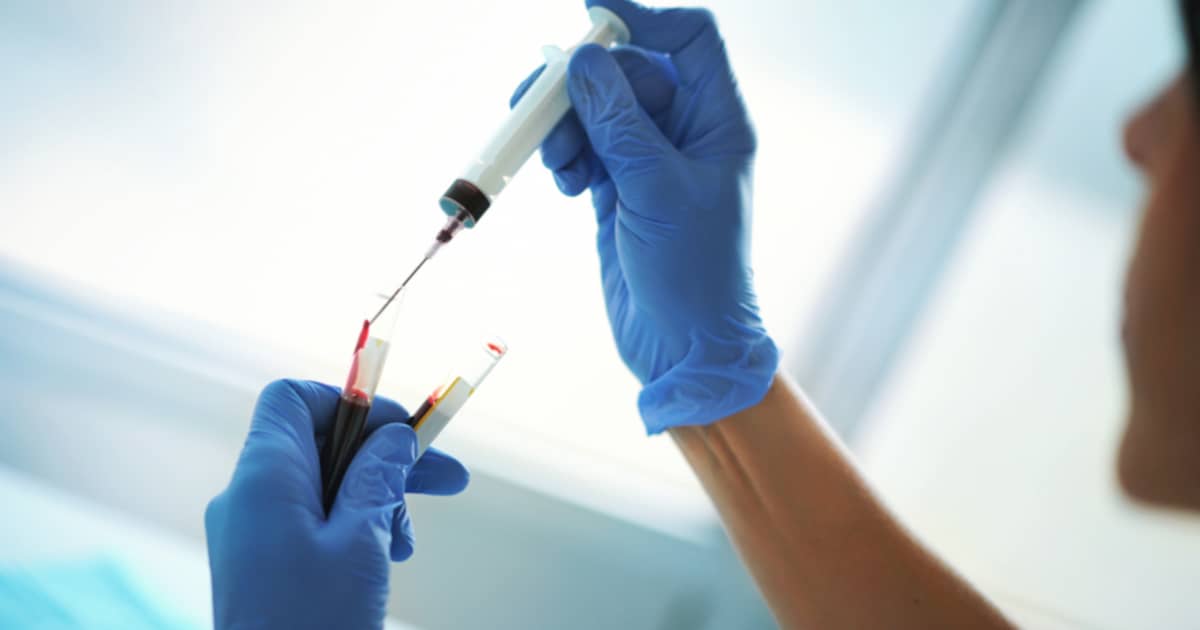Numerous factors have led to a worrying increase in the number of new sexually transmitted disease (STD) cases across the globe. The World Health Organization (WHO) is attempting to tackle some of the contributors in an attempt to make control and prevention better.
Access to reliable and efficient testing is one of the problems that the organisation will try to address, as per its latest guidelines announced during the STI & HIV 2023 World Congress taking place in Chicago, US.
The Covid-19 Pandemic and STD Testing
Some authorities track the current increase in the number of new STD cases back to the Covid-19 pandemic and the social distancing measures linked to it.
Over the course of the pandemic, lots of resources got redirected to Covid-19 testing and prevention. Many countries have thus reported a reduced coverage in STD prevention, diagnosis and testing.
Additionally, numerous countries are reporting the re-emergence of STDs that have previously become clinically marginalised. Antibiotics-resistant gonorrhoea is another cause of concern. The bacterium called Neisseria gonorrhoea seems to be spreading faster than ever before and since it is resistant to several classes of antibiotics, adequate prevention and early diagnosis are two very important processes required to curb the propagation of the disease.
What WHO Has to Say about the Current Situation
According to the latest WHO data, each day sees one million new STD diagnoses. You don’t have to be a professional to understand these numbers are very troubling.
Understanding trends in underdeveloped and developing economies, however, is difficult. These countries still have serious gaps in their testing/diagnostic coverage. As a result, many new STD cases remain unidentified for prolonged periods of time. These gaps contribute to STDs spreading easily from one person to another, especially when carriers of a certain pathogen exhibit no symptoms of an STD.
Early STD testing is one of the keys to preventing the rapid spread of STDs.
According to the Centers for Disease Control and Prevention (CDC) in the US, one in five people have an STD. Many of these individuals aren’t aware of their status. An STD can remain dormant for months, even years. By the time it’s identified, a person could have infected many others (especially if they engage in high risk activities).
The latest WHO guidelines aim to make testing more affordable, more accessible and more focused on reliable data collection to get proof of important health trends.
“New models of STIs services need to be resilient and adaptive to current and future threats,” WHO Director of Global HIV, Hepatitis and Sexually Transmitted Infection Programmes Director Dr Meg Doherty said. Recent scientific advances and innovative service delivery methods both necessitate an update in previous testing/diagnosis guidelines. The aim is to help clinicians use the right tests and employ methodologies bound to deliver more accurate and even faster results.
WHO STD Fact Sheet
More than 30 different pathogens can be passed from one person to another during sexual activity. Of those, four comprise the biggest number of infections – syphilis, gonorrhoea, chlamydia and trichomoniasis. All four of these STD are curable if detected in a timely manner.
These four conditions cause 374 million new infections each year, WHO reports. And when they’re not identified early enough, these curable conditions can have dire consequences. STDs that linger in the body for too long can lead to issues like reproductive problems, infertility, cancer and even pregnancy complications. Various STDs also increase the risk of contracting another infection like HIV.
On top of these numbers, there are shocking reports about other STDs. More than 490 million people live with genital herpes. Over 300 million women have an HPV infections, which can increase the risk of developing cervical cancer in the future.
Because most of these STDs are asymptomatic in a large percentage of the infected individuals, adequate testing is the only way to understand what’s going on.
STD testing is recommended for all sexually active individuals, including those in committed monogamous relationships. People who are having sex exclusively with one person need to get tested at least once per year. High risk individuals (those who have multiple sexual partners, those who don’t use adequate barrier contraception like condoms, men who have sex with men) should get tested for the most common STDs at least a couple of times per year.
The tests available for HIV, syphilis, gonorrhoea, chlamydia and other common STDs are inexpensive and rapid. The technology is evolving all the time and various other new tests are currently in the process of being developed (to potentially hit the market in a couple of years). You can easily get tested in Singapore for STDs by visiting a licensed medical facility like Shim Clinic.
Don’t postpone getting diagnosed and learning your status. The sooner you know something is going on, the easier you’ll find it to get adequate treatment. Visit Shim Clinic during working hours every day of the week to get tested and benefit from our fully confidential consultation services. You can also contact Shim Clinic to get your main questions answered before paying us a visit.

